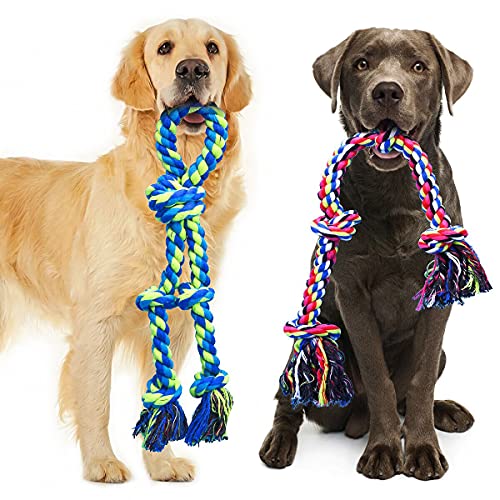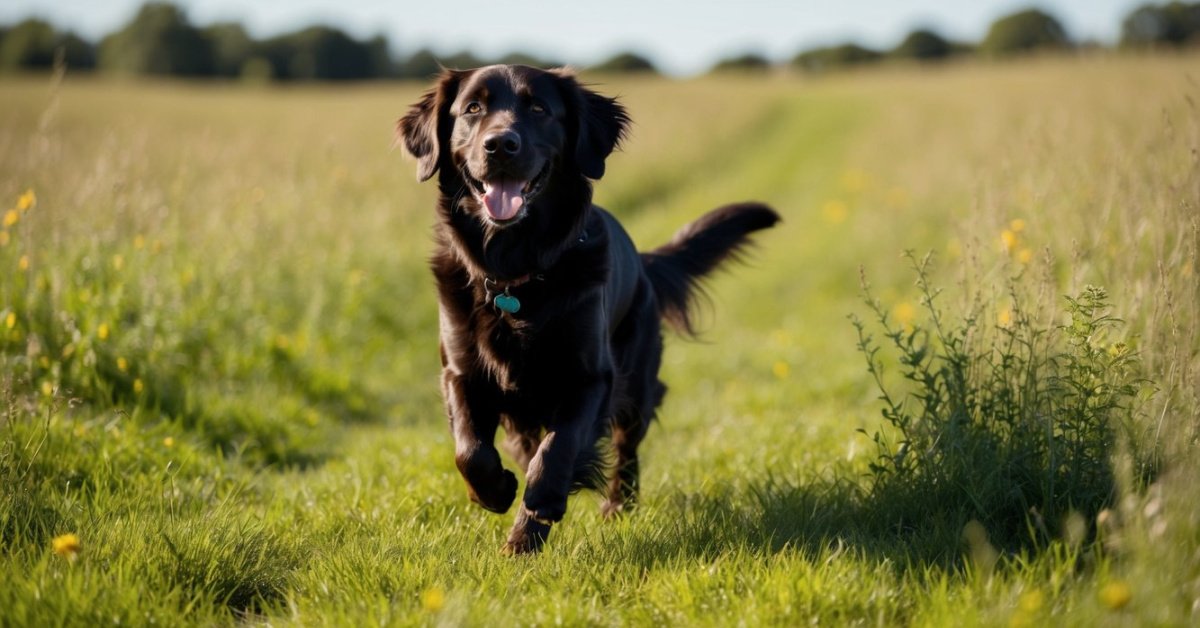Golden Retrievers are known for their friendly and gentle nature, making them one of the most beloved dog breeds. But how do they interact with smaller pets like cats, rabbits, or even hamsters? As a proud Golden Retriever owner, I’ve seen firsthand how these dogs can form unique bonds with their tiny companions.
In this article, I’ll share insights and experiences that highlight the dynamics of Golden Retrievers and small pets. Whether you’re considering adding a small animal to your home or just curious about these interactions, you’ll find some heartwarming and entertaining stories that showcase the playful spirit of Goldens. Let’s dive into the world of furry friendships and discover how these big-hearted dogs can coexist harmoniously with their smaller friends.
Overview of Golden Retrievers
Golden Retrievers are known for their friendly and gentle demeanor. Their affectionate nature makes them exceptional companions, even for small pets.
Characteristics and Temperament
Golden Retrievers possess several key characteristics. They’re intelligent, making training relatively easy. Their friendly disposition encourages positive interactions with other animals, fostering a calm atmosphere. Typically, they’re patient, which allows them to coexist harmoniously with smaller pets like cats and rabbits. Their loyalty creates strong bonds, not just with humans but also with other animals in the household.
Common Behavior Traits
Golden Retrievers often exhibit playful behavior. They enjoy games like fetch, which can engage smaller pets as well. They’re social animals, thriving on companionship and interaction. When introducing them to small pets, their curious nature can emerge, leading to gentle explorations. They demonstrate protective instincts, ensuring their smaller companions feel safe within the home environment.
Importance of Socialization
Socialization plays a crucial role in how Golden Retrievers interact with small pets. Proper socialization fosters a sense of comfort, reducing anxiety when they’re around smaller animals.
Early Socialization Techniques
Early socialization techniques involve exposing Golden Retrievers to various environments, people, and pets during their critical development stages, typically from 3 to 14 weeks old. Introducing them to small pets like cats or rabbits through supervised interactions helps build trust. Using positive reinforcement, such as treats and praise, encourages good behavior. Gradual exposure, starting with short meetings, allows the Golden Retriever to learn appropriate play styles and to respect the boundaries of smaller pets.
Impact on Interactions with Small Pets
The impact of socialization on interactions with small pets is substantial. Well-socialized Golden Retrievers tend to display gentleness and patience, reducing the risk of accidents during play. Their friendly nature facilitates bonding with small pets, as they learn to interpret non-verbal cues effectively. A socialized Golden Retriever often becomes a protective buddy for smaller companions, promoting a happy and harmonious household. By creating these positive interactions, I’ve seen numerous instances where my dog encourages playful engagement rather than overwhelming smaller pets.
Positive Interactions with Small Pets
Golden Retrievers often create positive experiences with small pets. Their innate friendliness and gentle nature foster a harmonious environment, allowing unique bonds to form.
Friendly Playfulness
Friendly playfulness defines Golden Retrievers. Their enthusiasm during play can engage small pets, creating joyful interactions. For instance, when my Golden Retriever plays with my cat, they chase each other around, which encourages both to express their playful sides. Golden Retrievers excel at gentle play, understanding the need to adjust their energy levels. They often use playful nudges with their noses or soft barks to keep the atmosphere light and enjoyable. This playful behavior enhances the sense of companionship and promotes bonding among all pets involved.
Protective Behavior
Protective behavior stands out in Golden Retrievers when interacting with smaller pets. I’ve observed my Golden Retriever instinctively monitor my rabbit during outdoor play. Their natural instincts encourage them to watch over smaller companions to ensure safety. This behavior creates a nurturing bond between them and fosters a sense of security in smaller pets. Golden Retrievers often display alertness, responding to any potential threats while maintaining a calm demeanor. This protective instinct reassures smaller pets, allowing them to feel safe and secure in their presence.
Challenges and Considerations
Golden Retrievers and small pets can bond beautifully, but some challenges exist. Understanding these challenges ensures safe and positive interactions.
Prey Drive Concerns
Golden Retrievers sometimes exhibit a prey drive, which can create challenges around small pets. Prey drive manifests as an instinct to chase smaller animals, like rabbits or hamsters, out of curiosity or playfulness. It’s crucial to monitor interactions closely, especially if a Golden Retriever encounters small pets for the first time. In situations where excitement escalates, the Retriever may inadvertently display behaviors that frighten or endanger smaller companions. Keeping small pets safe requires awareness of their presence and proactive management.
Training and Management Strategies
Effective training and management strategies can minimize risks when Golden Retrievers interact with small pets.

- Early Socialization: Expose your Golden Retriever to small animals during their critical developmental stage, typically between 3 to 14 weeks old, to create positive associations.
- Basic Commands: Teach commands like “leave it” or “stay” to help control your dog’s excitement in the presence of smaller pets.
- Supervised Interactions: Always supervise initial interactions to ensure safe play. Gradually increase the duration as comfort levels grow.
- Positive Reinforcement: Reward calm behavior around small pets to encourage patience and gentleness, fostering better interaction dynamics.
- Safe Spaces: Create separate spaces for smaller pets, ensuring they can escape if they feel threatened. Designate areas where Golden Retrievers cannot access, providing pets with safety and security.
« Mastering How to Train a Golden Retriever to Stay: Tips for Success
How to Stop Excessive Golden Retriever Barking: Effective Tips and Techniques »
Implementing these strategies can enhance harmony within a multi-pet household, creating an environment where Golden Retrievers and small pets coexist happily.
Tips for Safe Introductions
Introducing Golden Retrievers to small pets requires careful planning and execution. Following these tips ensures safe and positive interactions.
Step-by-Step Introduction Process
- Prepare a Controlled Environment: Set up a safe, calm area for the introduction. Use a leash for the Golden Retriever to maintain control.
- Use a Barrier: Utilize a baby gate or crate to create a barrier during the initial meeting. This allows visual contact without physical interaction.
- Allow Sniffing and Exploration: Let the Golden Retriever observe the small pet from a distance. Gradually decrease the distance, allowing sniffing without direct contact.
- Short Sessions: Keep initial introductions brief. Gradually increase the duration as both the Golden Retriever and small pet become comfortable.
- Positive Reinforcement: Reward both animals with treats and praise for calm behavior. This encourages a positive association during interactions.
- Monitor Body Language: Watch for signs of stress in both animals, like growling or hiding. If tension arises, separate them immediately.
Monitoring Their Interactions
Ensure ongoing supervision during interactions. Always supervise playtime to prevent accidents. Use commands to redirect the Golden Retriever if it becomes too excited. Promptly intervene if chasing or rough play starts. Create safe spaces where small pets can retreat if they feel overwhelmed. Keeping interactions positive and controlled reinforces a peaceful coexistence. Regularly assess their comfort levels and adapt the introduction process if necessary.
Conclusion
Watching my Golden Retriever interact with smaller pets has been one of the most rewarding experiences. Their gentle nature and playful spirit truly shine through in these moments. It’s heartwarming to see how they adapt their behavior to ensure everyone feels safe and included.
I’ve learned that with a bit of patience and proper socialization, these interactions can lead to beautiful friendships. By taking the time to introduce them carefully and monitor their play, I’ve created a joyful environment where my Golden Retriever and small pets thrive together.
If you’re considering adding a small pet to your home, I encourage you to embrace the journey. With love and attention, you can foster a harmonious household filled with laughter and companionship.

















